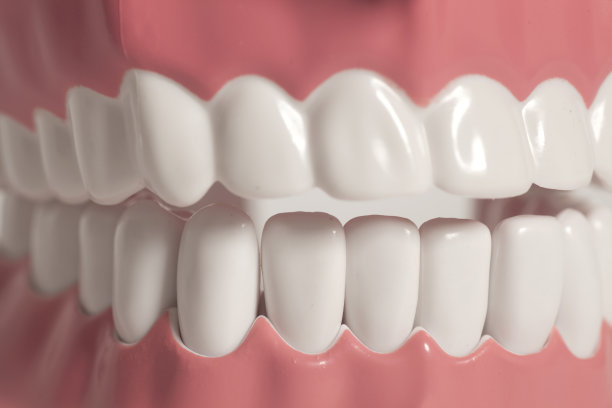The Essential Guide to Extracting a Tooth Safely and Comfortably for Your Oral Health Needs
Summary: Dental extractions, while often necessary, can provoke anxiety and discomfort, both for patients and practitioners. This essential guide highlights the safe and comfortable procedures involved in tooth extraction. The article explores the importance of dental consultations, the role of anesthesia, post-extraction care, and when to seek professional help. It aims to equip readers with the knowledge needed to navigate the extraction process with confidence, ensuring that their oral health remains a top priority. Through understanding these key components, individuals can reduce their anxiety and promote a smoother dental experience.
1. Importance of Dental Consultations

Before any dental procedure, including tooth extraction, it is crucial to consult with a qualified dentist. This initial consultation helps in assessing the condition of your teeth and determining whether extraction is the best course of action. During this visit, the dentist will conduct a thorough examination of your dental health, reviewing X-rays and considering your medical history.
Furthermore, the consultation allows patients to discuss their concerns and preferences regarding the procedure. Understanding the reasons for extraction and the potential risks involved can help in alleviating anxiety. Dentists can provide insights into alternative treatments, ensuring that the decision to extract is well-informed.
Additionally, during this time, questions regarding the extraction process itself can be addressed. Whether it’s about anesthesia options, recovery time, or expected outcomes, clear communication between the patient and dentist can significantly enhance comfort levels.
2. Role of Anesthesia in Extraction
Anesthesia plays a critical role in ensuring a pain-free and comfortable tooth extraction. The type of anesthesia used may vary based on the complexity of the extraction and the patients comfort levels. For simple extractions, local anesthesia is often sufficient, numbing the specific area while allowing the patient to remain awake and alert.
In more complicated cases, such as impacted wisdom teeth, sedation or general anesthesia might be recommended. This approach can help mitigate anxiety, enabling the patient to undergo the procedure with minimal awareness of the events taking place. Understanding these options empowers patients to make choices that align with their comfort and anxiety levels.
It is important to discuss any concerns regarding anesthesia beforehand. Patients should inform their dentist about any allergies or previous adverse reactions to anesthetics. This collaborative approach ensures a tailored plan that prioritizes the patient’s safety and comfort throughout the extraction process.
3. Post-Extraction Care Guidelines
Post-extraction care is vital for a smooth recovery and minimizing complications. After the procedure, patients should follow their dentist’s instructions carefully, including guidance on pain management, diet restrictions, and oral hygiene practices. This ensures a favorable healing environment within the mouth.
For the first 24 hours post-extraction, applying ice packs to the outside of the jaw can help reduce swelling and discomfort. Patients should avoid sucking or spitting, as these actions can dislodge the blood clot that forms in the extraction site, leading to dry socket—a painful condition that can prolong healing.
Maintaining a soft diet for a few days is advisable. Foods like yogurt, soups, and smoothies can provide necessary nutrients while avoiding irritation to the extraction site. Additionally, following up with regular dental check-ups after the extraction helps ensure proper healing and allows the dentist to monitor any potential complications.
4. When to Seek Professional Help
Despite following post-extraction care guidelines, complications can arise. Its important for patients to recognize signs that warrant a return visit to the dentist. Excessive bleeding that doesn’t subside after a few minutes, severe pain rather than gradual improvement, or signs of infection such as fever or drainage at the extraction site should not be ignored.
Additionally, if a patient experiences significantly bad breath that smells foul or has an unpleasant taste in their mouth, these could be indicators of infection or dry socket. Promptly addressing these symptoms can prevent further complications and ensure a smoother recovery process.
Open communication with your dentist is crucial, as they can provide immediate advice tailored to your specific situation. Remember that seeking help early can aid in alleviating discomfort and protecting your overall health.
Summary:
In conclusion, understanding the essential components of tooth extraction can significantly enhance the patient experience. From the importance of dental consultations and the role of anesthesia to post-extraction care and knowing when to seek help, each aspect contributes to a safer, more comfortable procedure. Being informed and prepared can transform an intimidating experience into a manageable one, promoting better oral health in the long run.
This article is compiled by Vickong Dental and the content is for reference only.



